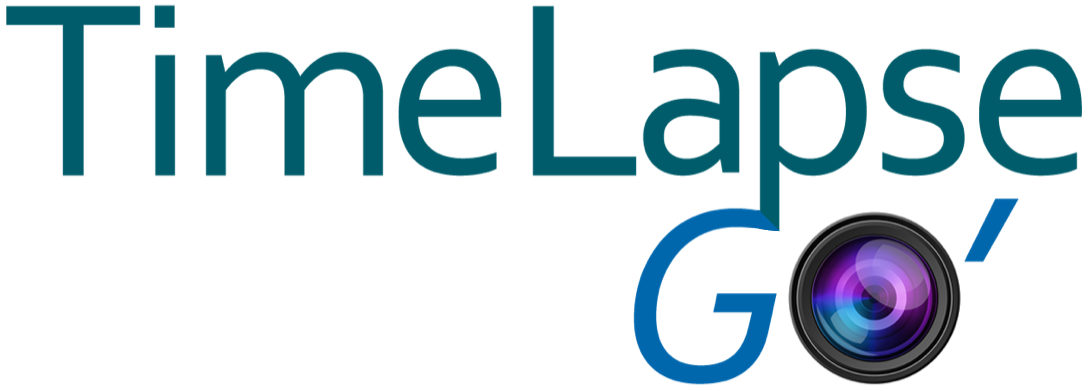GLOSSARY
Intermediate film: It’s a video, timelapse, aerial footage or ground report, or even a mix of the three, that summarizes a precise period of the worksite. Its purpose is to communicate, whether internally, BtoB or BtoC, on the progress of the project. We can produce intermediate films on a recurring, monthly, quarterly, half-yearly or even annual basis, or on demand, depending on the progress of the project and your appointments or deadlines, for your customers and partners, or for distribution at a trade show, for example.
Hyperlapse: Hyperlapse is a moving timelapse technique. It can also be called: Walklapse, Spacelapse, Stop-Motion Time-lapse, Motion Timelapse, Timelapse with movements. The origin of the word is recent and vague to say the least… The fact that the image moves much more slowly than the action of the characters or the sky, gives the illusion of a change of temporal and spatial dimension.
Iframe: An iframe (or inline iframe) is an html tag embedding an external web page, which you can integrate into your website. This technical tag can be set up by your developers. In our case, the idea is to enable a partner to integrate one or more timelapse views into their own website.
iFrame TimeLapse Go’ demonstration
Interface: A user interface is a hardware or software device enabling a user to interact with a computer product and control its operation. Here, we describe the human-computer interaction tool used to operate the timelapse tracking application.
Pixel: The pixel is often abbreviated px. It’s the basic unit for measuring the definition of a digital image. Its name comes from the English picture element. Each pixel is associated with a color, usually broken down into three primary components by additive synthesis: red green blue. To find out the number of pixels in a photo, multiply a vertical row by a horizontal row. Today’s cameras offer a resolution of several million pixels, so we speak of Megapixels, or Mp for short. The Nikon cameras used by TimeLapse Go’ have a definition of 24 million pixels, or 24 Mpx.
Push: Sending. In our case, this involves sending timelapse shots of the work to our secure servers.
Reflex: A reflex camera is a camera with a large sensor, in which the same lens is used for both taking the picture and aiming. When aiming the camera, a mirror reflects the light coming from the lens onto the viewing glass (hence the name reflex). This mirror is raised briefly when the picture is taken, to allow the light to reach the sensitive surface. Lenses are interchangeable, enabling a wide variety of shots to be taken at any distance, from zoom to wide-angle.
Timeline: In French, chronology. This is a rudimentary timelapse that allows you to consult the dated chronology of your worksite in real time. Three formats are available on the Timelapse Go’ tracking interface: the timeline since the start of the project, one shot per day; the timeline for the last seven days, one shot per hour; and the timeline for the current day. You can scroll the timeline automatically or move it with your cursor at the speed of your choice.
Before/After slider: A before/after slider is a website feature that lets you compare two photographs taken on different dates of the same location, using the same device. Depending on the design of the slider, the comparison between the two images can be made with a vertical or horizontal bar that can be moved from left to right or top to bottom by the user. As the images are side by side, it is possible to obtain a fine comparison of the progress of the work over time.
Slow-Motion: Slow motion. Slow-motion is a special effect achieved either during shooting or in post-production. The technique consists in speeding up the frame rate, for example, by shooting at 48 frames per second instead of 24, then scrolling at a rate of 24 frames per second, to achieve 50% slow motion. For X3 slow motion, you’ll need 72 frames per second. In 1920, there was already a French camera, the Debrie G.V., which took up to 240 images per second. Today, models on the consumer market can reach 2,000 frames per second, enabling impressive slow-motions!
